Your cart is currently empty!
Tag: HT
-
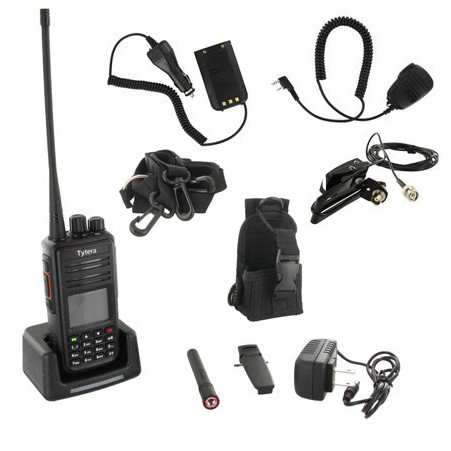
Essential Two-Way Radio Accessories for Enhanced Communication
Two-way radios are the undisputed champions of reliable communication across a huge range of situations—from coordinating large events to maintaining safety on a construction site. While the radio itself is the heart of your setup, its true potential is unlocked with the right gear.
Just as a smartphone needs a case and charger, your two-way radio thrives when equipped with the right radio accessories. This guide explores the must-have add-ons to improve clarity, extend battery life, and protect your investment.
If you’re new to radio communication, you might also enjoy our Beginner’s Guide to HAM and GMRS Radios and our Two-Way Radio Safety Tips.
🎧 Must-Have Radio Accessories for Clearer Calls

The main goal of radio communication is simple: be heard and understood. Three accessories stand out as essential for achieving crystal-clear audio.
1. External Microphones & Speakers
A high-quality external microphone and speaker are game changers in noisy environments like warehouses, concerts, or outdoor events. By positioning the mic closer to your mouth and the speaker nearer your ear, you drastically reduce background interference.
Many models feature noise-cancellation technology, ensuring your voice cuts through the noise.
Recommended: Motorola Speaker Mic on Amazon
2. Professional Headsets
For hands-free operation, a two-way radio headset is indispensable. Perfect for security personnel, event staff, or emergency teams, these keep your hands on task—not on your radio.
Choose from single-ear models for situational awareness or noise-isolating over-ear designs for loud work environments.
Recommended: Midland AVPH10 Shoulder Speaker Mic Headset
3. Upgraded Antennas
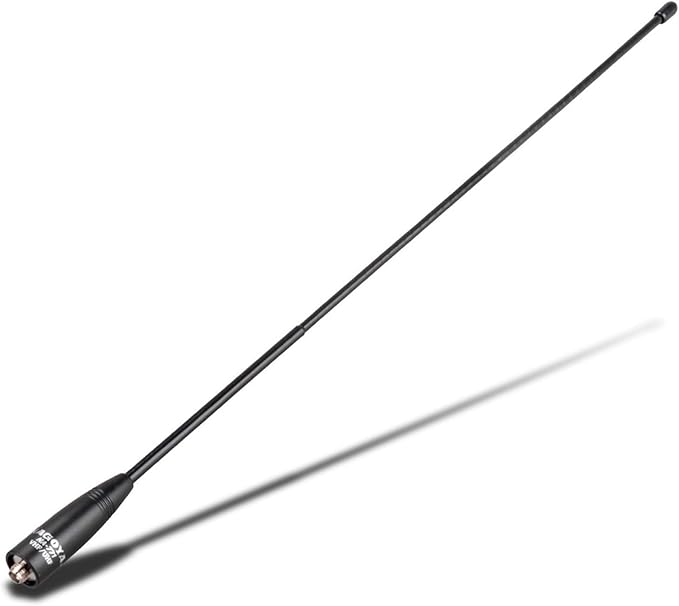
Don’t underestimate your antenna—it’s the key to range and clarity. Factory antennas are often general-purpose compromises. Upgrading to a high-gain antenna can dramatically extend your communication distance.
Alternatively, a flexible short antenna minimizes snagging, ideal for those carrying radios on belts or vests.
Recommended: Nagoya NA-771 Dual Band Antenna
🔋 Power & Protection for Your Communication Gear
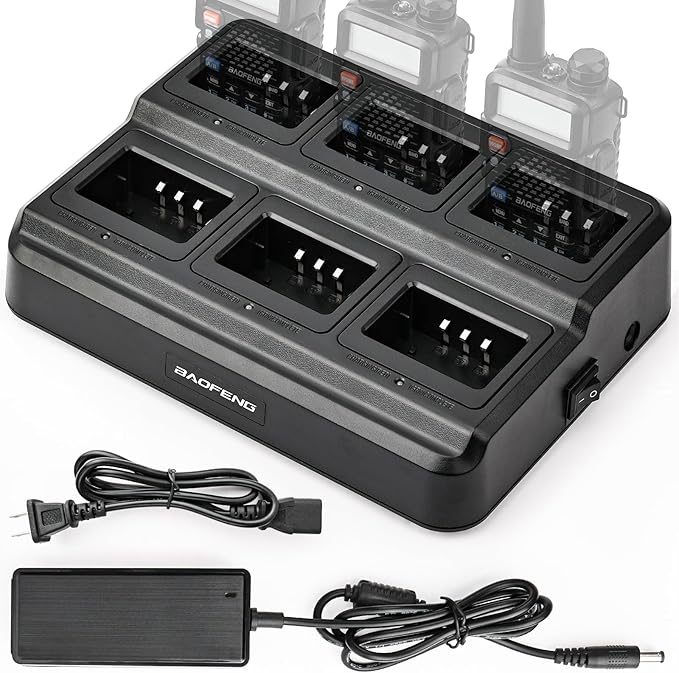
A dead radio is useless. Keeping consistent power is vital for uninterrupted operation.
Extra Batteries & Multi-Chargers
Investing in spare batteries ensures you’re never caught off guard. A high-capacity battery can double your radio’s uptime, while a multi-unit charger keeps multiple radios or batteries topped up.
Recommended: BAOFENG BL-5L Extended Battery
Recommended: BAOFENG 6-Way Multi Charger
Protective Cases & Holsters
Rugged environments demand rugged protection. A carrying case or bumper guard prevents damage from drops or impacts. Industries like construction and public safety benefit most from shock-absorbing radio cases.
Recommended: Universal Nylon Radio HolsterFor easy access, use a heavy-duty belt clip or shoulder mic holder. These make your radio secure and comfortable to wear during long shifts.
Check out our related guide on Preventing Water Damage to Your Antenna and SWR Meter.
Build a Reliable Communication Setup
By combining crystal-clear audio accessories, long-lasting power solutions, and robust protection, you elevate your two-way radio system from basic to professional-grade.
These simple investments lead to:
- Better clarity and communication range
- Improved productivity and safety
- Longer equipment lifespan
Whether for HAM, GMRS, or professional use, your upgraded setup will keep you connected when it matters most.
If you want to go a step further, explore our Radio Op Box monthly subscription—featuring curated gear and accessories for radio enthusiasts.
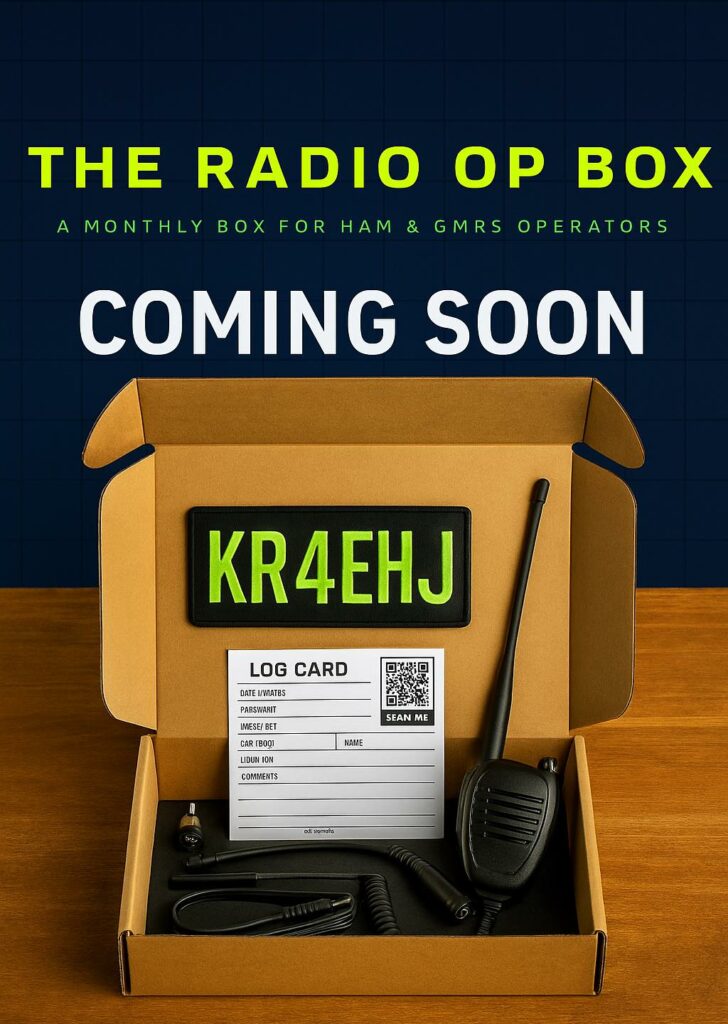
⚙️ Affiliate Disclosure
This article contains affiliate links to products on Amazon. As an Amazon Associate, we may earn a commission from qualifying purchases—at no extra cost to you. This helps support our site and allows us to continue providing helpful guides and reviews for radio operators everywhere.
-
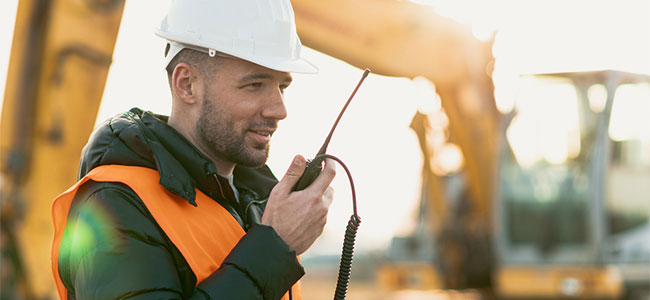
Two-Way Radio Safety: Essential Best Practices Guide
In our hyper-connected world of smartphones and Wi-Fi, the humble two-way radio might seem like a relic of the past. However, for countless professionals in security, construction, event management, and outdoor recreation, these devices remain an indispensable and reliable tool for instant communication.
Yet, like any powerful tool, using a two-way radio comes with its own set of responsibilities and potential hazards. Prioritizing safety isn’t just about following rules; it’s about ensuring clear communication during critical moments and protecting both the user and their equipment. This guide will walk you through the essential best practices for two-way radio safety to ensure your operations are not only effective but, most importantly, secure.
Prioritizing Health and Environmental Safety
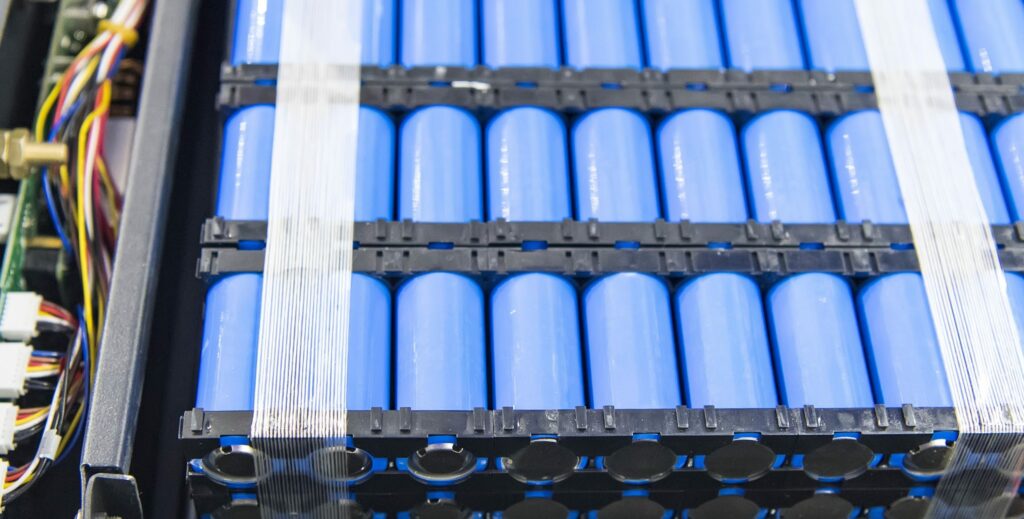
Lithium ion industrial high current batteries The most immediate aspect of two-way radio safety concerns your personal well-being and the environment you operate in. A primary consideration is the safe handling of batteries, particularly Lithium-Ion (Li-Ion) cells, which are common in modern radios.
Recommended Gear:
Always use manufacturer-approved chargers and batteries to prevent overheating, swelling, or, in extreme cases, combustion. Never leave a charging battery unattended for long periods, and store it in a cool, dry place away from metal objects like keys or coins that could cause a short circuit.
Furthermore, be mindful of your volume settings. Prolonged exposure to high-volume earpieces or speakers can lead to hearing damage, so keep the audio at a comfortable level.
Your physical surroundings also demand constant attention when using a radio. The golden rule is to never transmit in flammable or explosive environments — such as gas stations, chemical plants, or grain silos. A spark from the circuitry can ignite vapors. Always look for hazard signage.
⚠️ Pro Tip: Never use your radio during an electrical storm. Holding metal during lightning activity is risky. If you’re on a construction site or working at heights, secure your radio with a heavy-duty belt clip or lanyard to prevent drops that could injure someone below.
And finally — don’t forget situational awareness. Just like texting while driving, operating a radio can distract you. If you’re driving, navigating, or handling machinery, stop before using your radio. If you must talk while moving, use a hands-free mic or PTT earpiece to keep both hands free and your focus on the job.
Essential Best Practices for Secure Operations
Secure and effective communication is the entire purpose of a two-way radio — and that comes down to disciplined radio etiquette.
Begin each transmission by clearly identifying yourself and who you’re calling. For example:
“Unit 2 to Base, come in.”
Keep your messages short, clear, and direct. Always say “Over” when finished speaking and “Clear” when done with the conversation. This ensures clarity and prevents overlapping transmissions.
Channel & Privacy Management
Always use the correct channel for your task. Avoid clogging critical or emergency channels with general talk. If your team operates multiple channels, ensure everyone knows which is which — for instance:
- Channel 1: Operations
- Channel 2: Logistics
- Channel 9: Emergencies Only
You can also use privacy codes (CTCSS/DCS) to reduce interference from nearby users — though note these aren’t encryption.
Helpful Accessory: Baofeng UV-5R Dual Band Two-Way Radio — an affordable and versatile handheld great for teams or hobbyists.
Regular Equipment Checks and Maintenance
Before every shift or operation, perform a radio check with a colleague. Confirm your signal strength, audio clarity, and battery level. Inspect your radio, antenna, and cables for damage.
Maintenance Essentials:
A cracked antenna can compromise performance and even cause RF exposure issues. Make a habit of proper maintenance and storage, and your radio will always perform when you need it most.
Final Thoughts
Adopting these two-way radio safety practices isn’t about limiting communication — it’s about empowering it. When every operator follows clear, consistent safety habits, the entire team operates more efficiently and confidently.
Remember: safety and communication go hand in hand. The better prepared you are, the more reliable your two-way radio becomes as a lifeline — not just a tool.
⚠️ Amazon Affiliate Disclosure
Disclosure: As an Amazon Associate, I earn from qualifying purchases. This means if you click on an affiliate link (such as a radio, antenna, or accessory) and make a purchase, I may receive a small commission at no additional cost to you. This helps support RadioOpBox.com and allows me to continue providing helpful radio safety guides. Thank you for your support!
-

How to Set Up an HT (Handheld Transceiver)
If you’re new to HAM radio, one of the first things you’ll want to know is how to set up an HT (handheld transceiver) correctly. HTs are compact, versatile radios used by HAM enthusiasts, preppers, and outdoor adventurers. Getting it set up properly ensures clear communication and a reliable experience every time you transmit.
This guide from RadioOpBox.com will walk you through how to set up an HT step by step, covering essential programming, accessories, and testing tips.
Step 1: How to Choose and Set Up Your First HT
The first step in how to set up an HT is picking the right radio for your needs. Here are some popular beginner-friendly options:
- Baofeng UV-5R – Affordable and perfect for starters.
- Baofeng BF-F8HP – Similar to UV-5R but with higher power.
- Yaesu FT-65R – Rugged, dependable, and great for long-term use.
💡 Tip: You can also check out pre-programmed radios and gear bundles at RadioOpBox Shop if you want everything ready to go.
(Affiliate Disclosure: Radio Op Box is an Amazon Associate and earns from qualifying purchases.)
Step 2: Charge and Prepare Your HT
Before programming your radio, make sure it’s fully ready to go:
- Fully charge the battery.
- Securely attach the antenna — a loose antenna affects range.
- Consider upgrading to a Nagoya NA-771 Antenna for better reception.
- Keep a spare battery handy to avoid downtime.
Proper preparation is the first step in how to set up an HT effectively.
Step 3: How to Program Your HT Frequencies
Programming frequencies is a key part of how to set up an HT. Include these essential channels:
HAM Frequencies
- National Simplex Calling: 146.520 MHz – standard U.S. FM voice simplex.
- Local HAM Repeaters: Find them on RepeaterBook. Input/output frequencies vary by repeater.
Repeater Input (MHz) Output (MHz) Offset Example Local Repeater 146.940 146.340 –0.600 Example Local Repeater 147.060 147.660 +0.600 NOAA Weather Channels
Frequency Channel Notes 162.400 MHz WX1 NOAA Weather Radio 162.425 MHz WX2 NOAA Weather Radio 162.450 MHz WX3 NOAA Weather Radio GMRS / FRS Frequencies
Purpose Frequency Notes GMRS Simplex 462.550 MHz Requires GMRS license GMRS / FRS Channel 462.5625 MHz Family / group use MURS Channel 1 151.820 MHz Unlicensed, low-power FM 💡 Pro Tip: Use CHIRP software and a USB programming cable to quickly load all these frequencies.
Step 4: Learn the Controls
Once your frequencies are programmed, understanding the controls is essential in how to set up an HT:
- Volume & Squelch: Adjust squelch to eliminate static but still hear weak signals.
- Push-to-Talk (PTT): Press to speak, release to listen.
- Call Signs: Always identify yourself correctly on HAM frequencies.
💡 Extra Tip: Label each channel with a name (e.g., “HAM Simplex,” “GMRS Family”) for easy reference.
Step 5: Test Your HT
Testing your HT ensures your setup works in real conditions:
- Make a simplex call on 146.520 MHz.
- Check into a local repeater net.
- Compare indoor vs outdoor range.
Testing is a crucial final step in how to set up an HT.
Recommended Accessories
Enhance your experience with these essentials:
- Spare battery (Amazon link)
- Upgraded antenna (Nagoya NA-771)
- USB programming cable (link)
- Speaker mic (link)
- Radio pouch / case (link)
Many of these accessories are also included in the Radio Op Box subscription. Check it out: RadioOpBox.com.
Bonus: Subscribe for Monthly HAM & GMRS Gear
Want new radios and accessories delivered to your door every month? Each Radio Op Box subscription box includes gear for HAM and GMRS operators of all levels.
Learn more or subscribe at RadioOpBox.com.
Final Thoughts
Learning how to set up an HT is the foundation of your HAM or GMRS radio journey. Once you’ve charged it, programmed your frequencies, learned the controls, and tested it, you’ll be ready for clear, reliable communication.
👉 Download the free HAM & GMRS Quick-Start Frequency Guide 📥 from RadioOpBox.com to get your top frequencies pre-listed and ready to program.
Stay prepared, stay on frequency!
— Radio Op Box